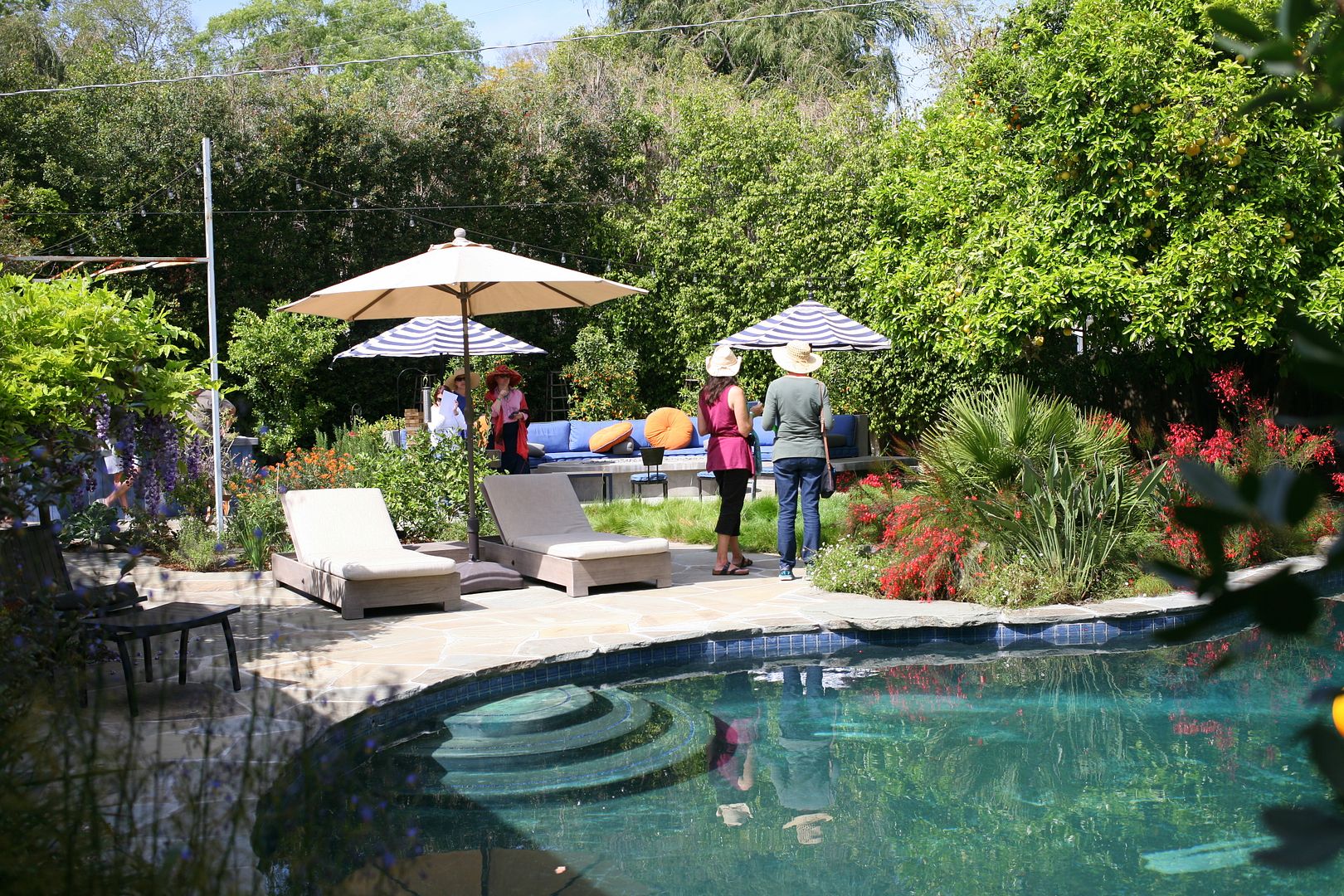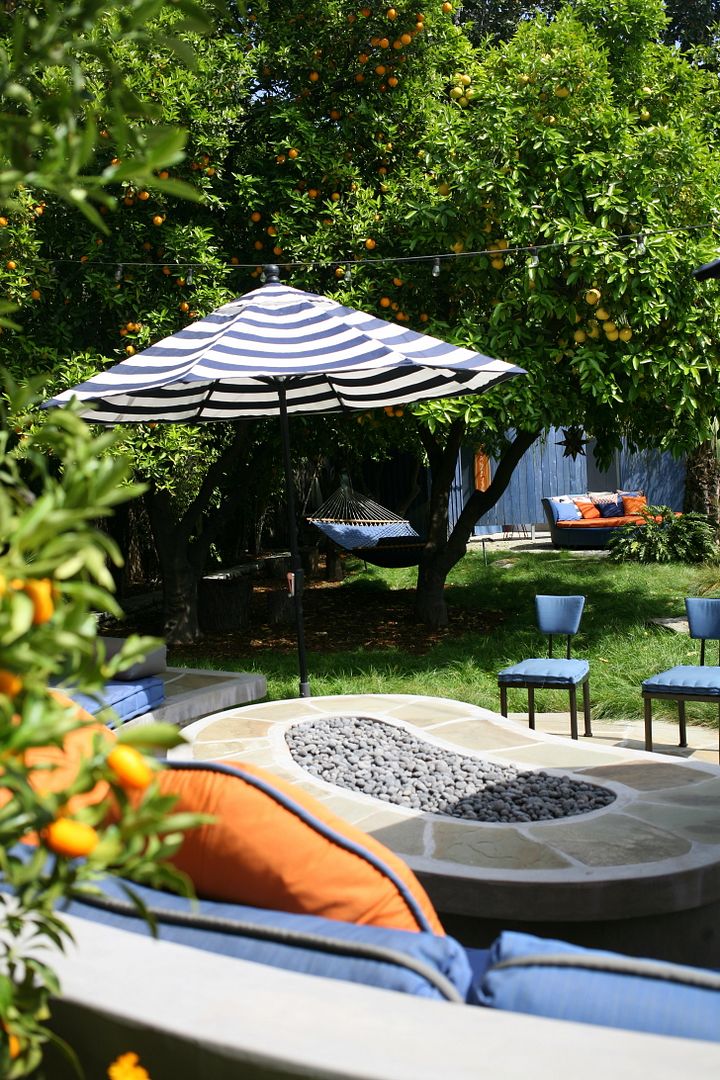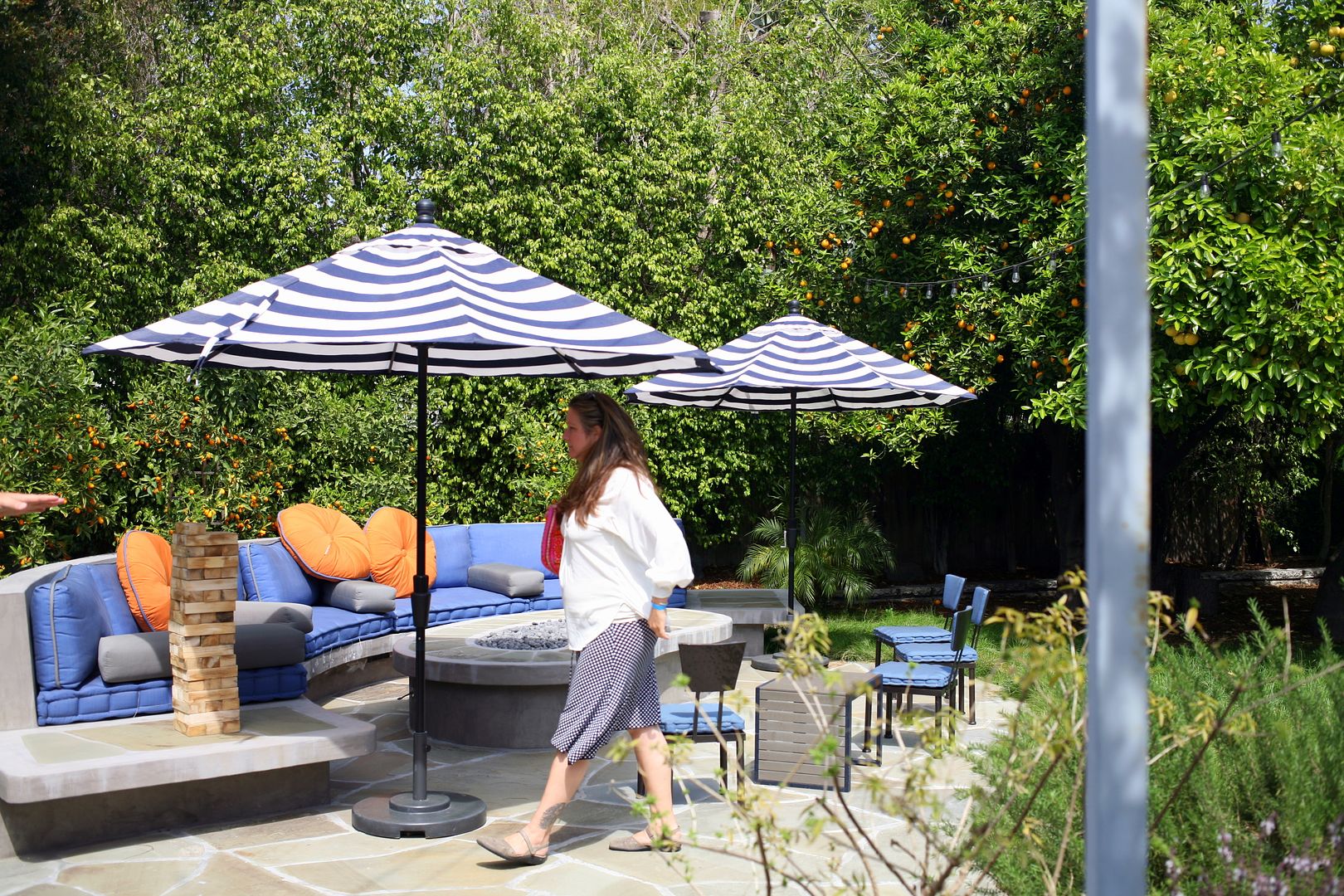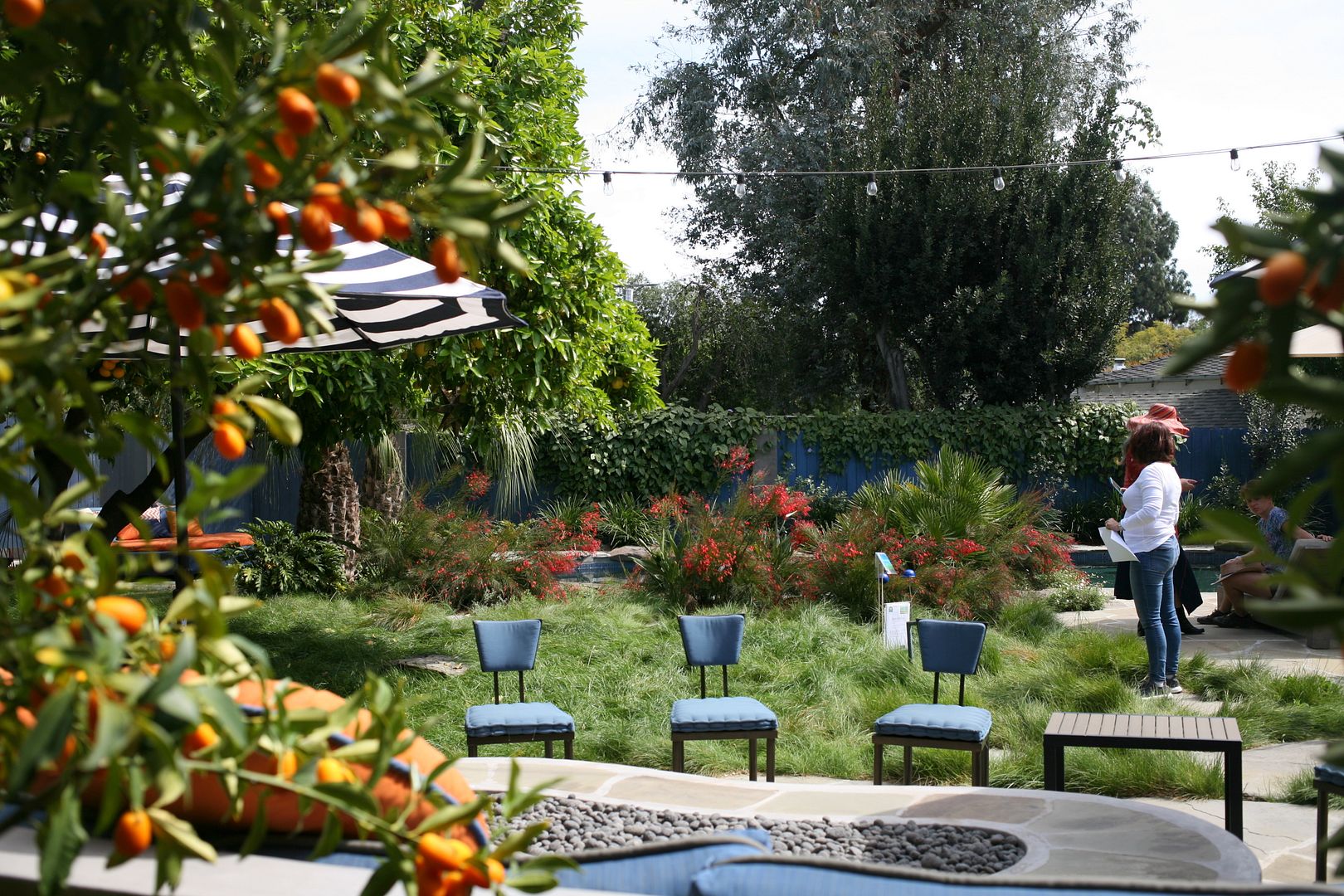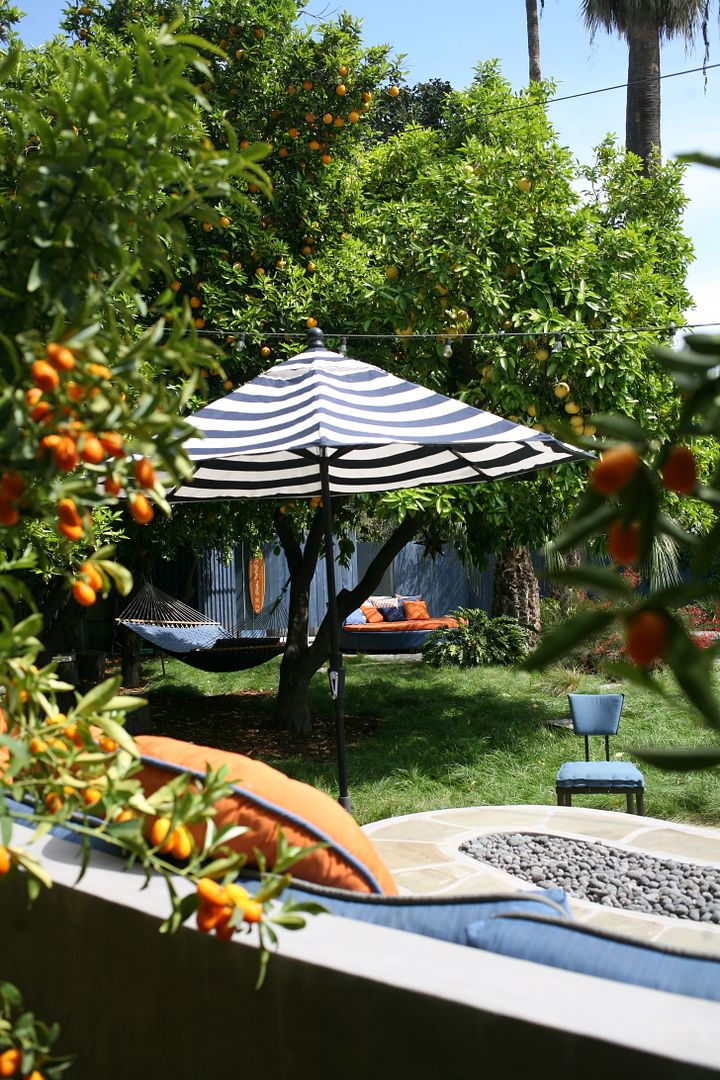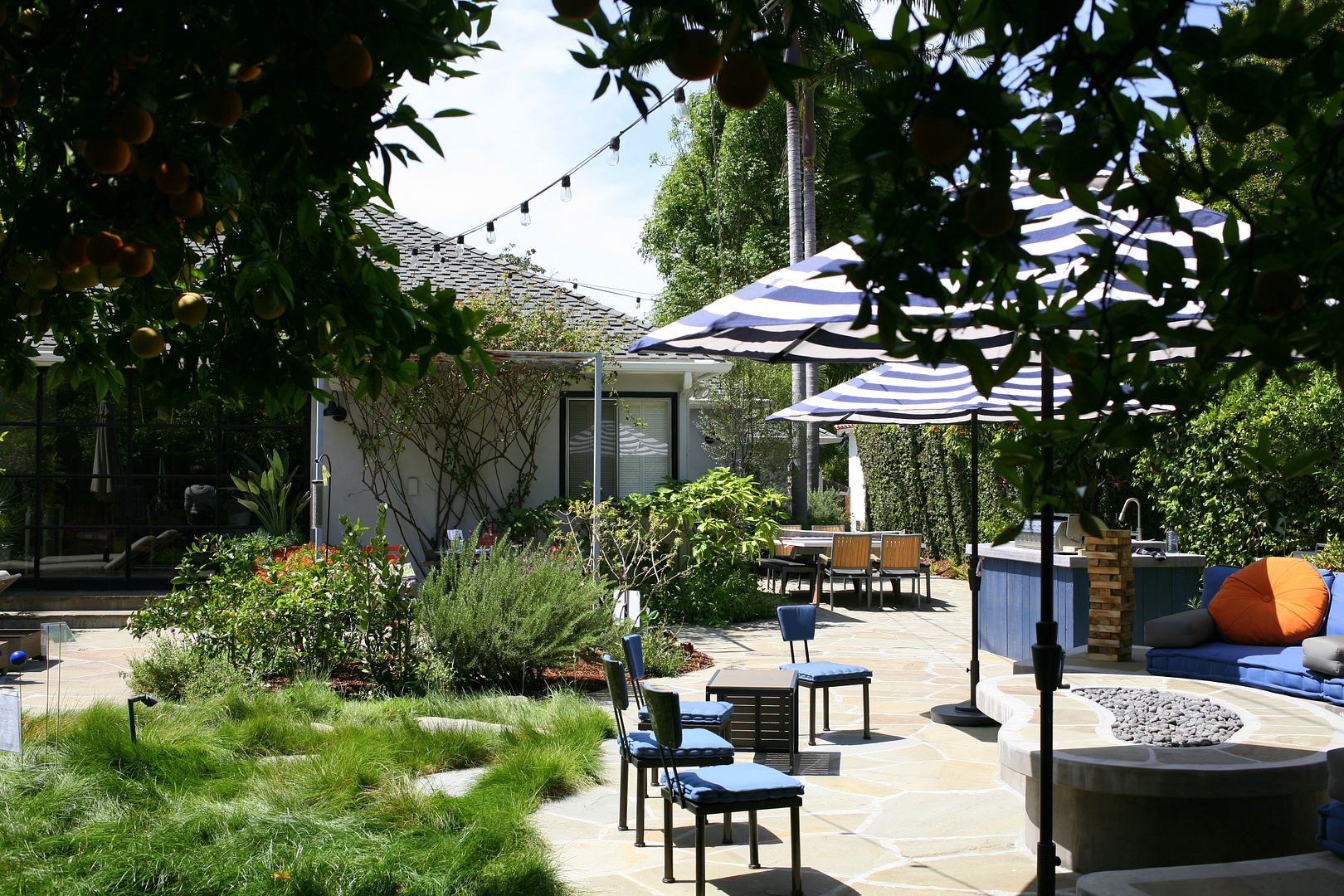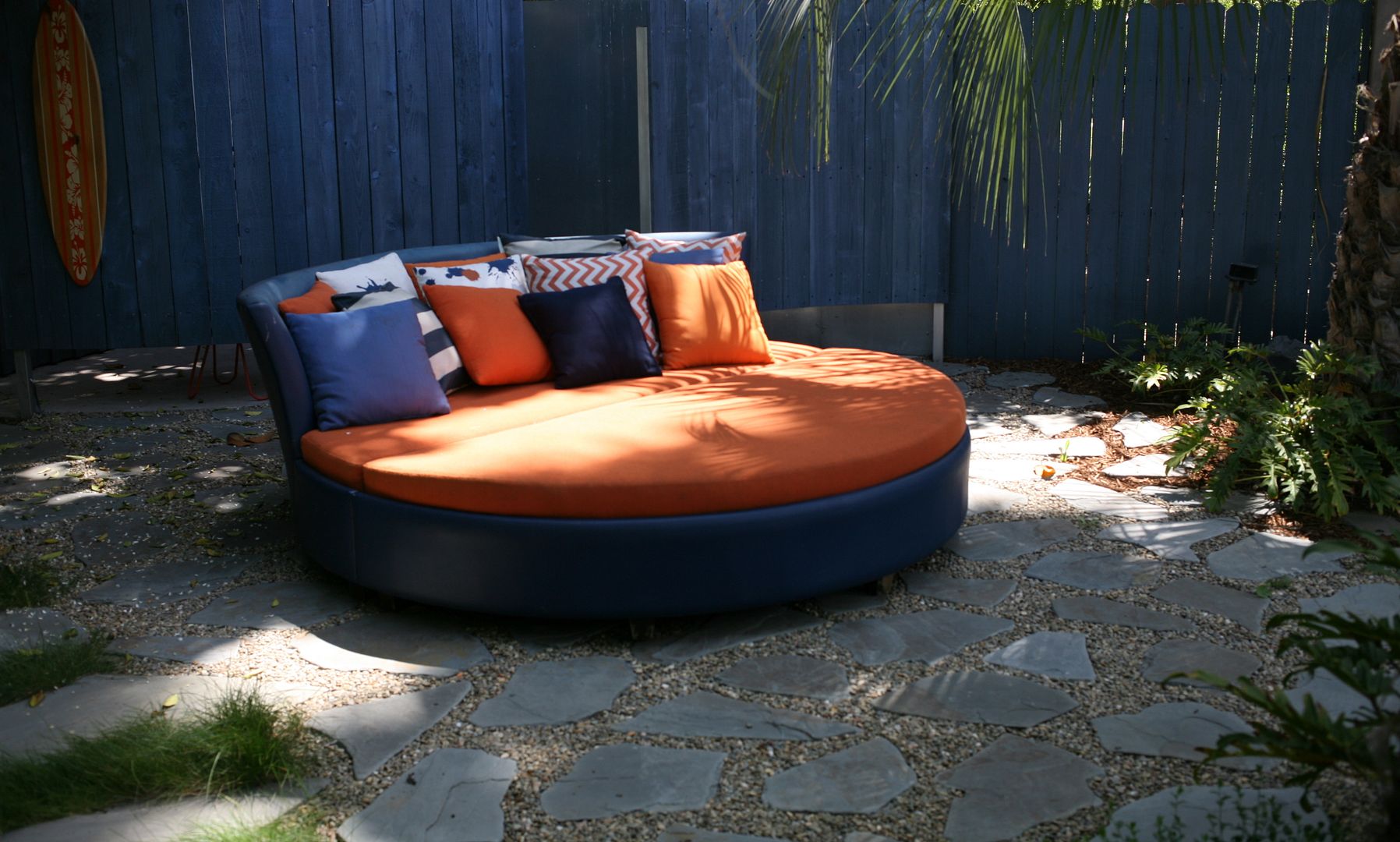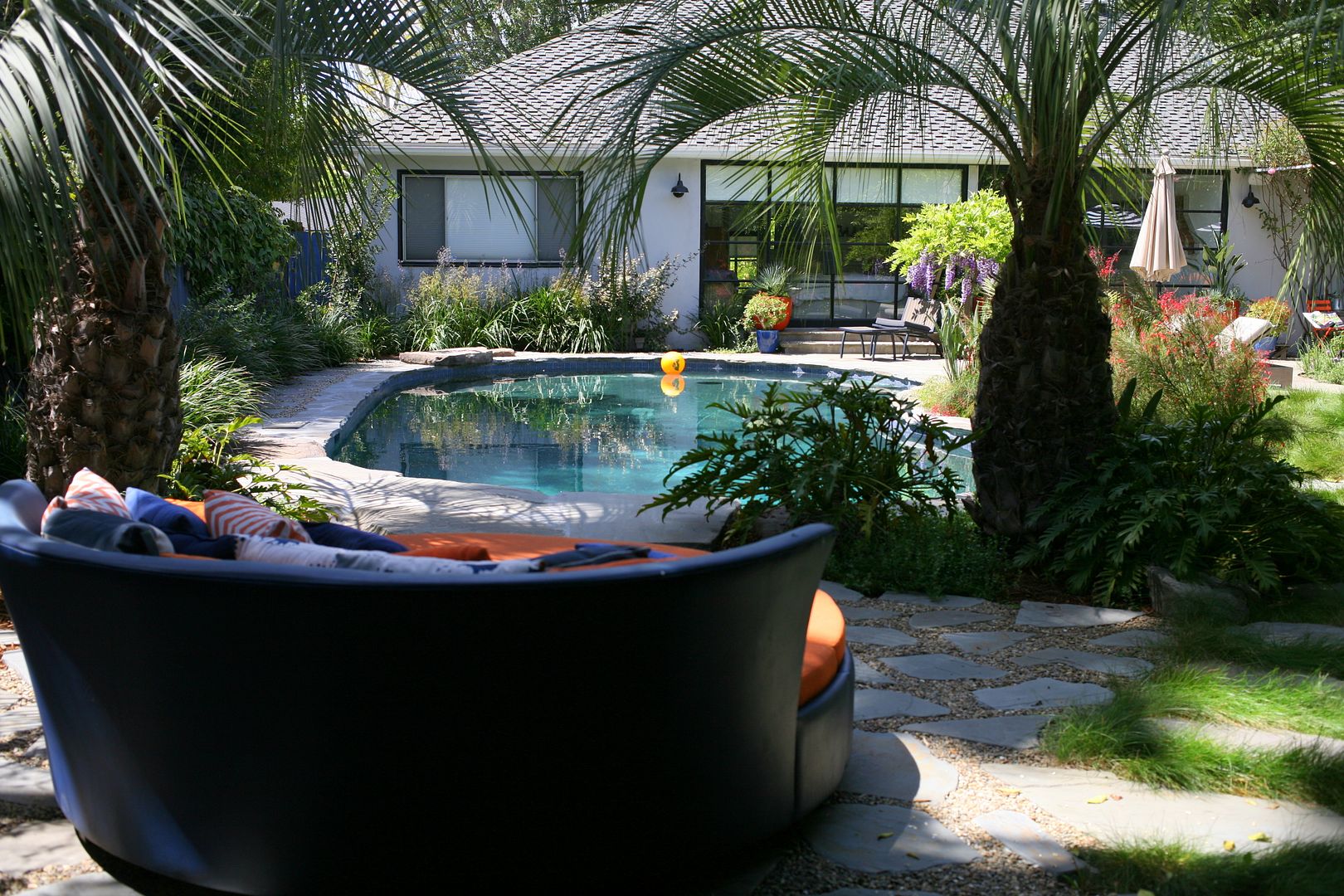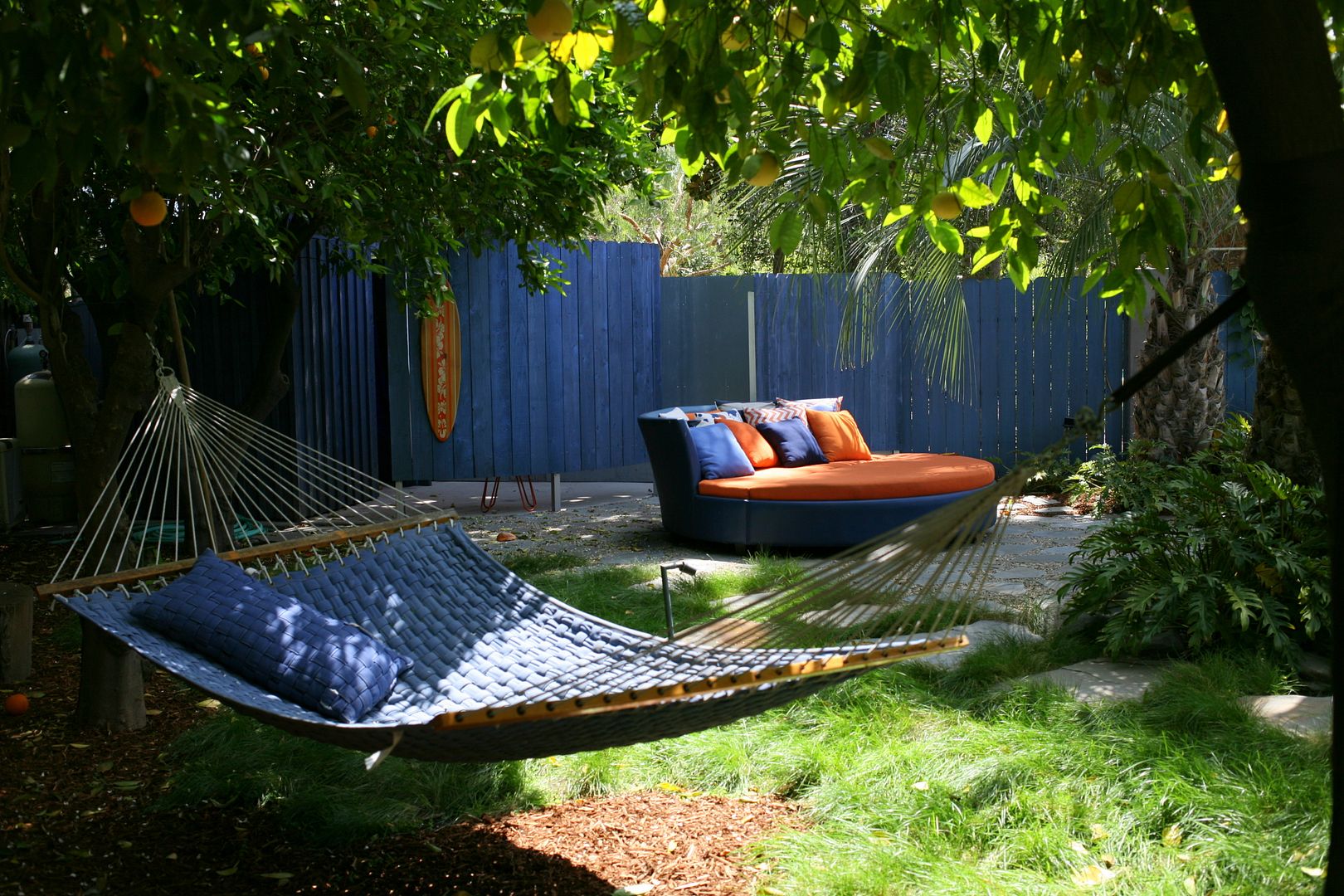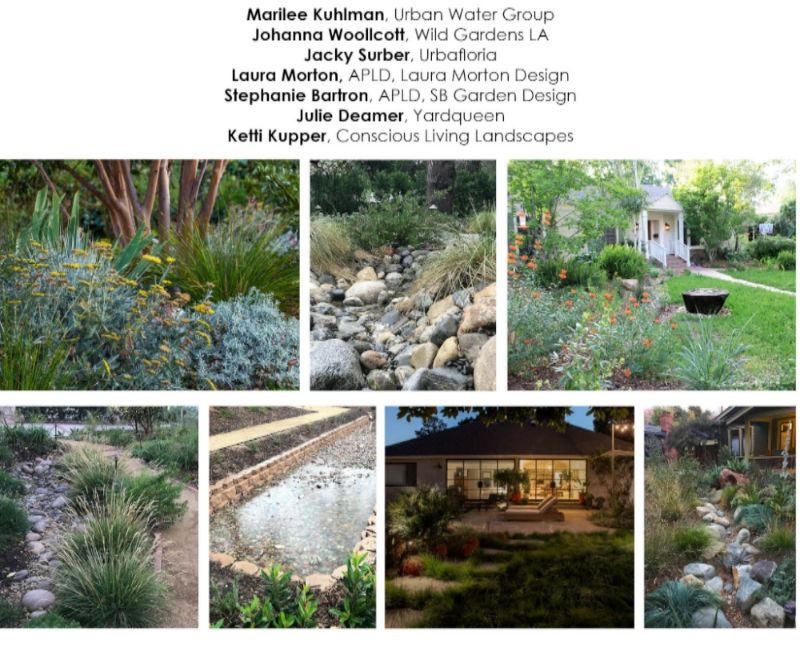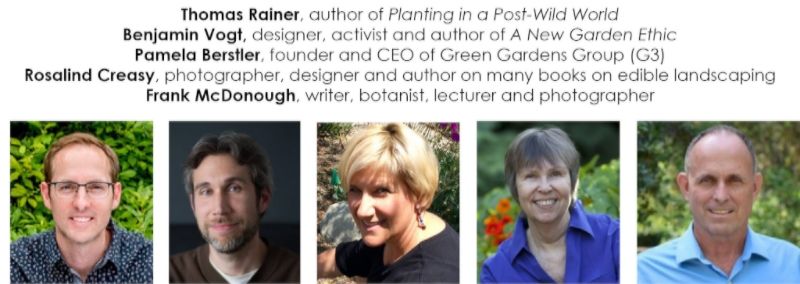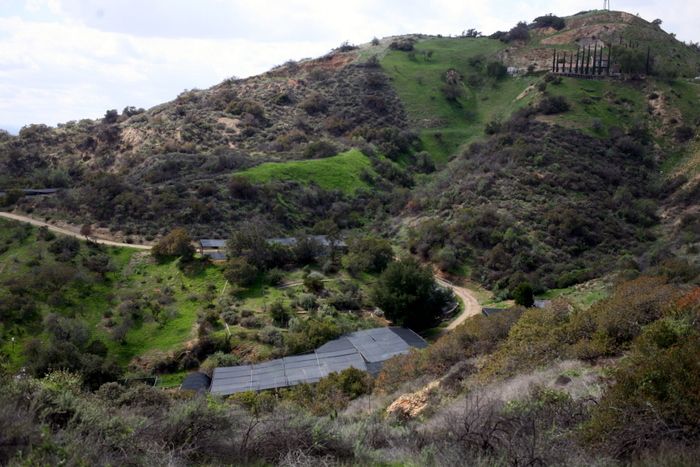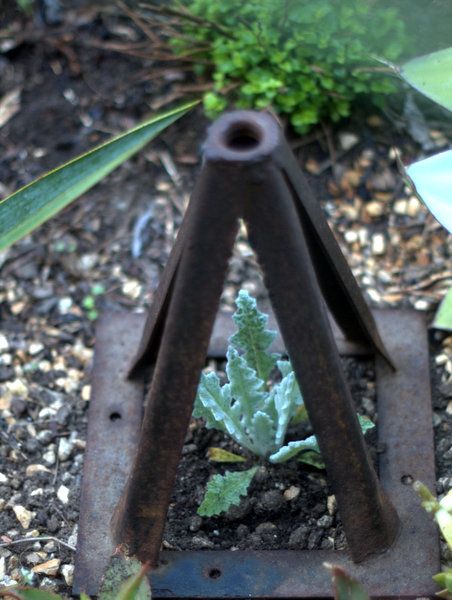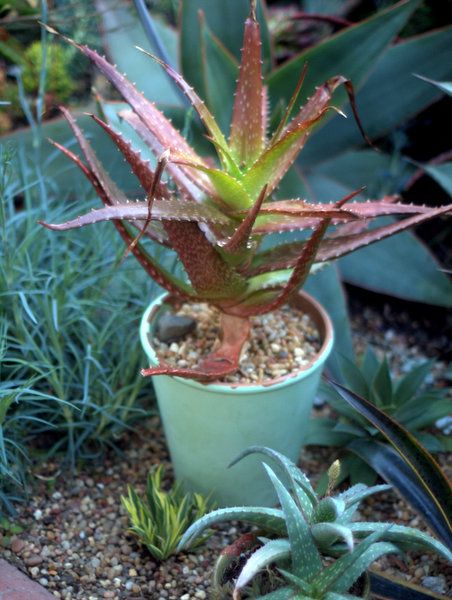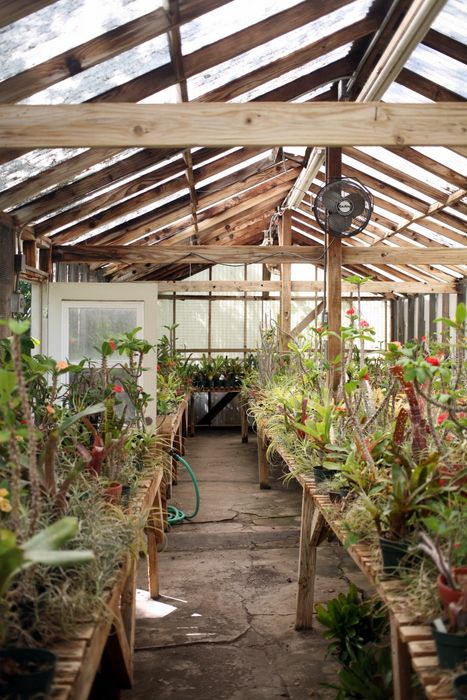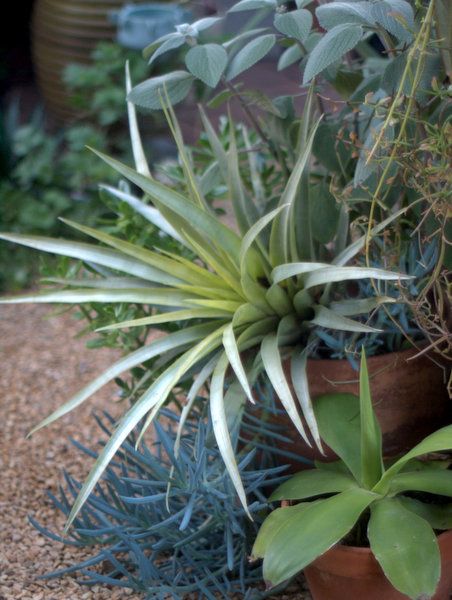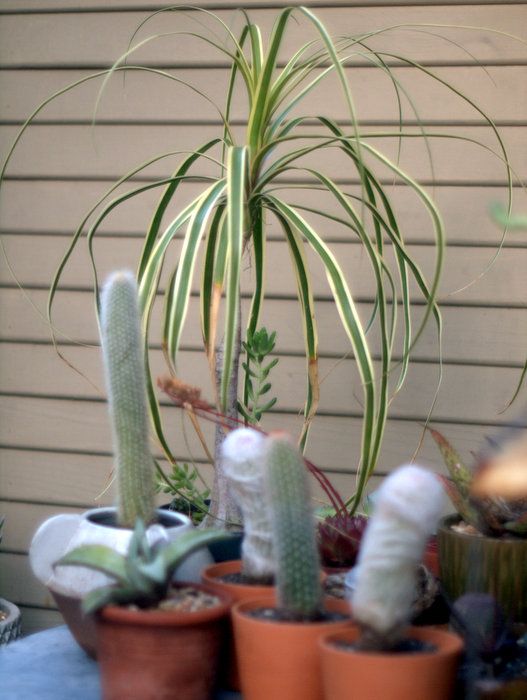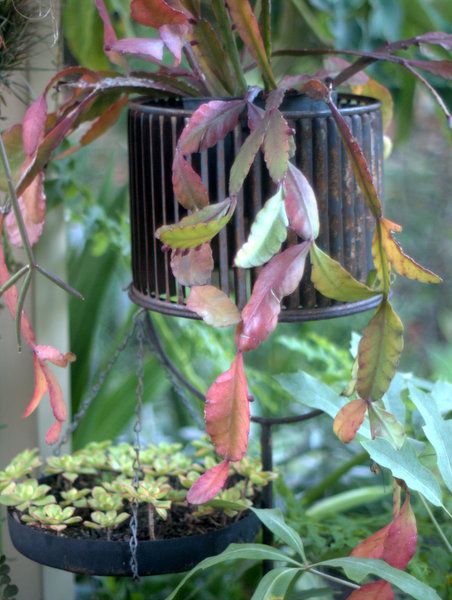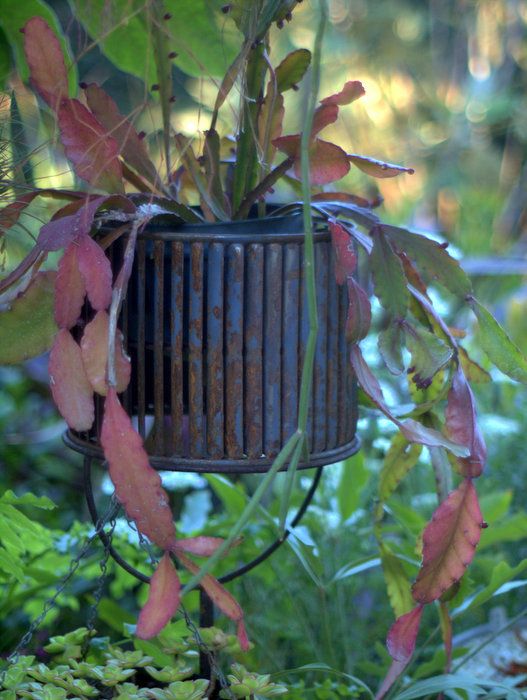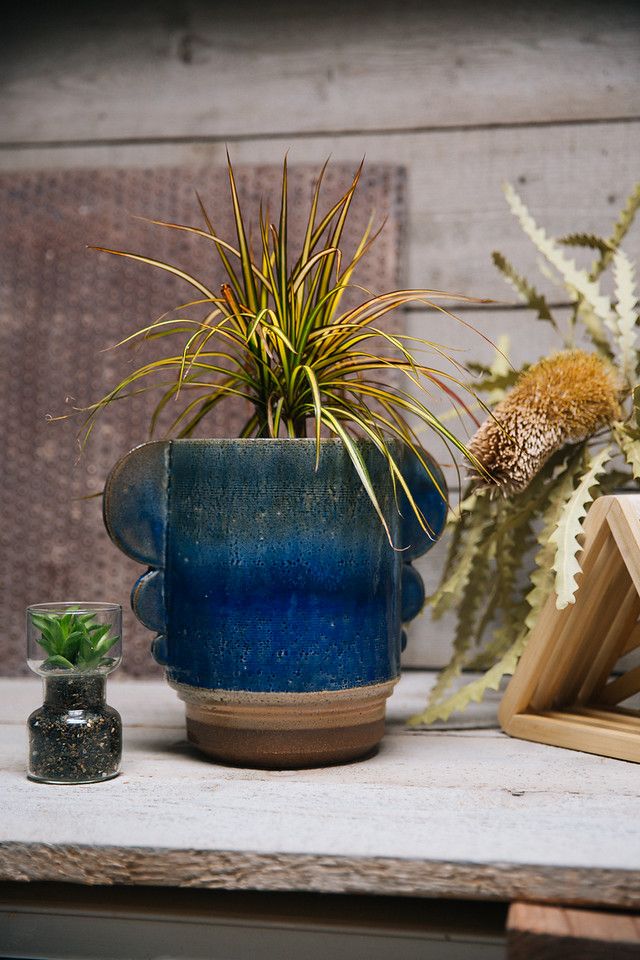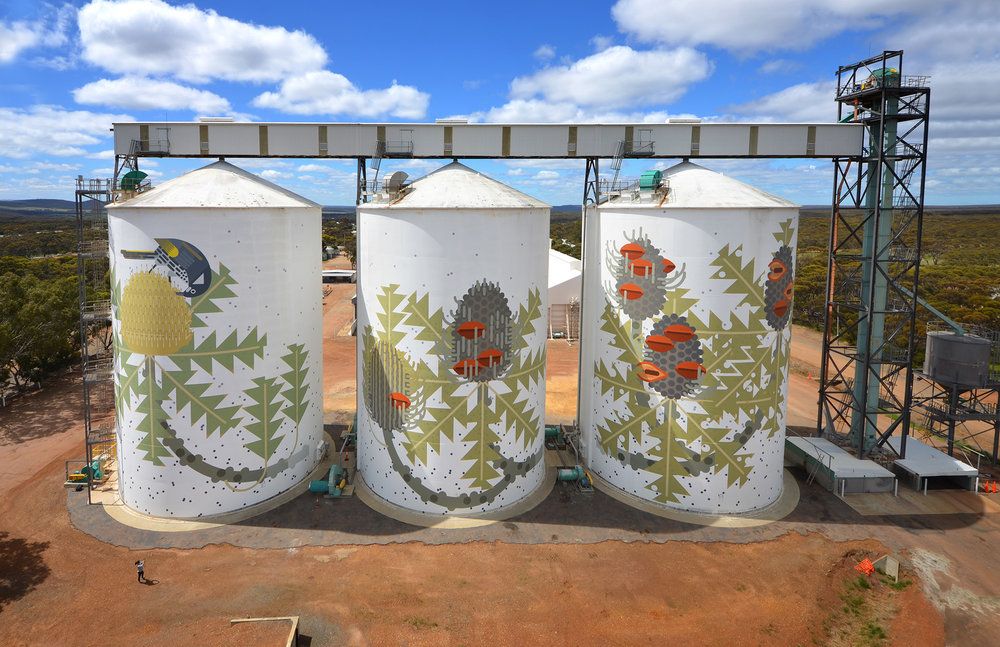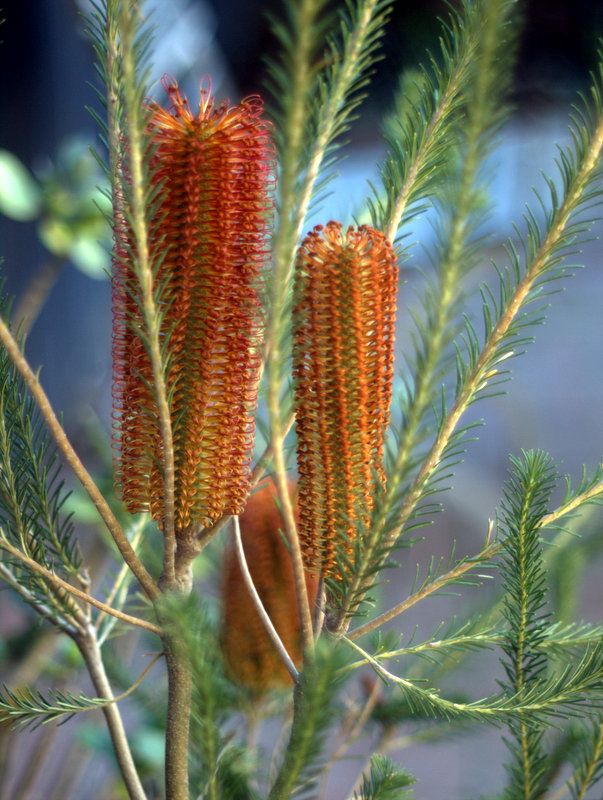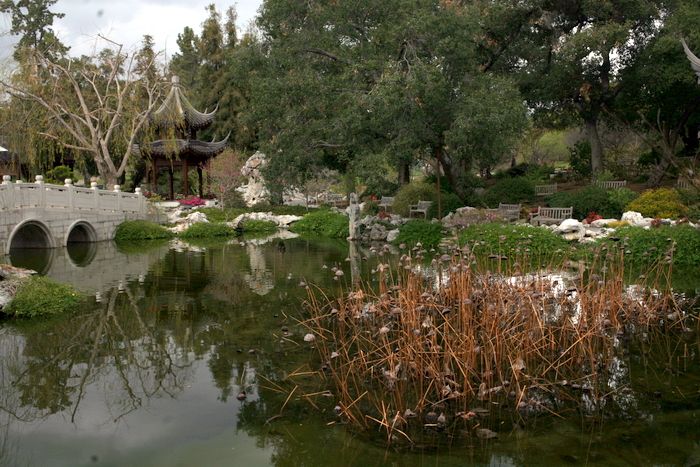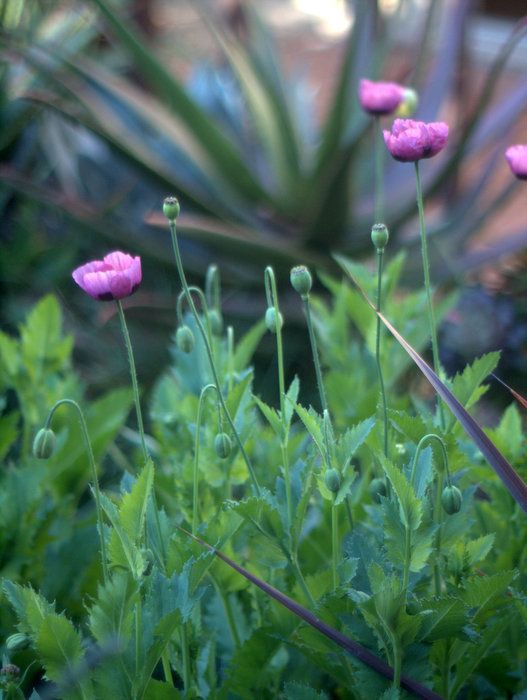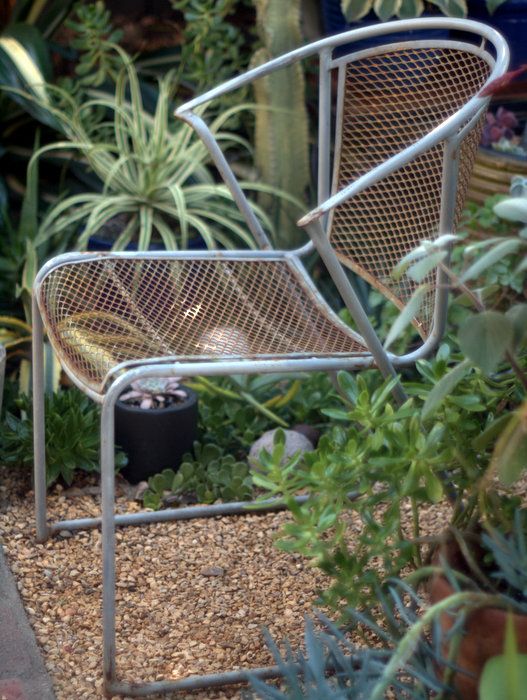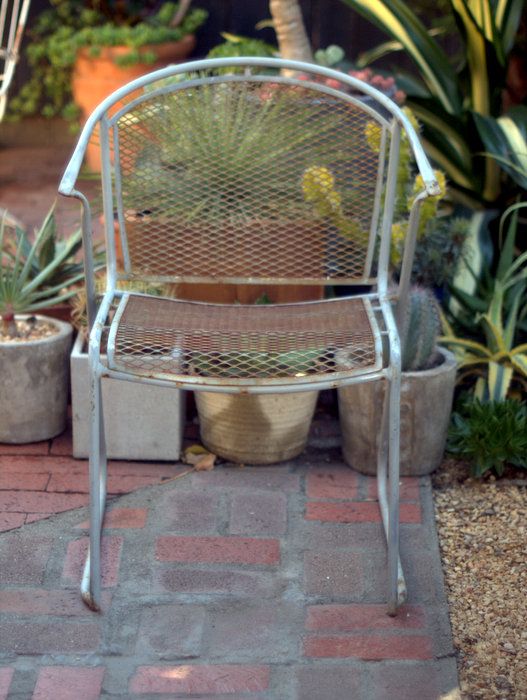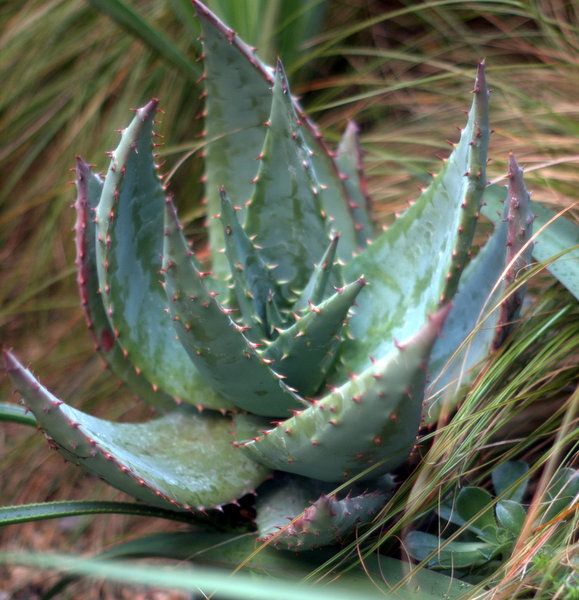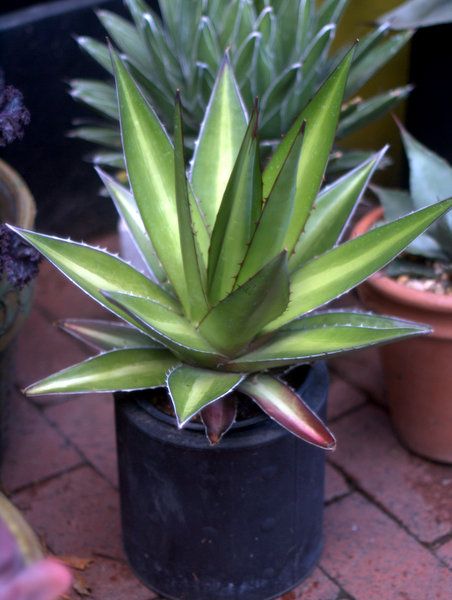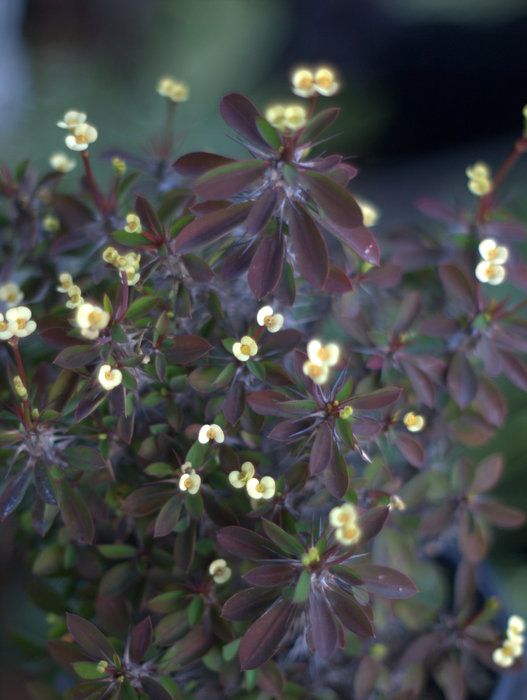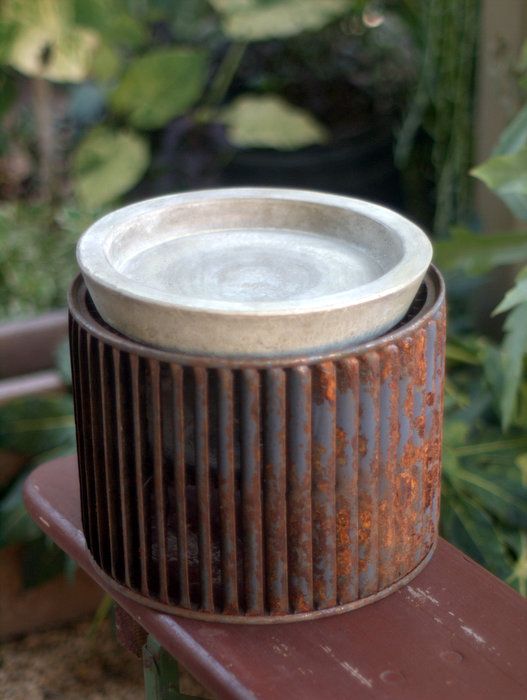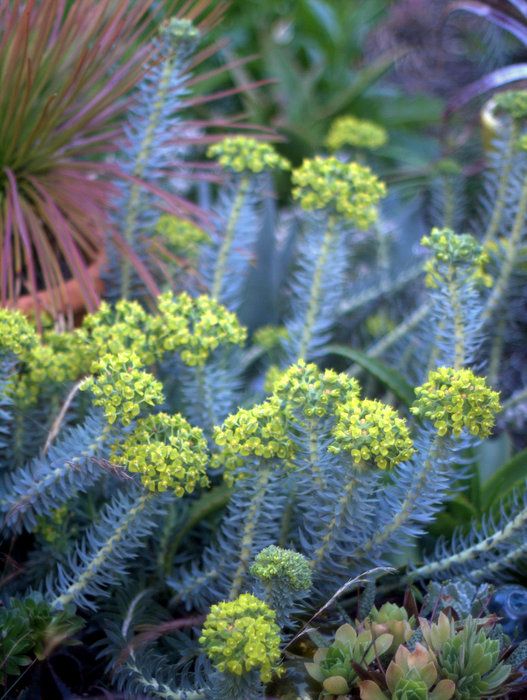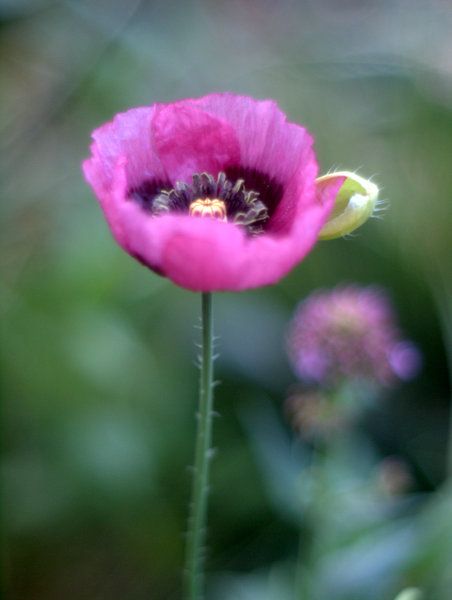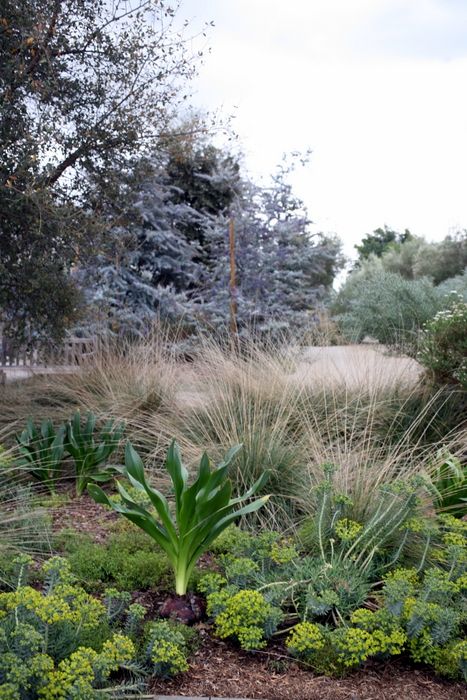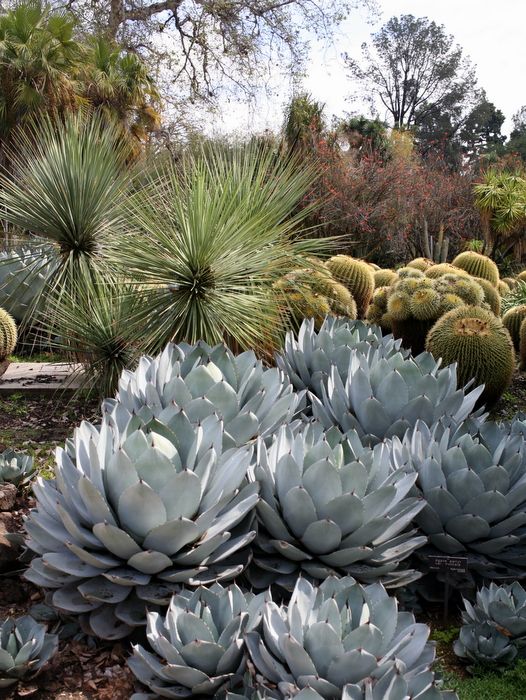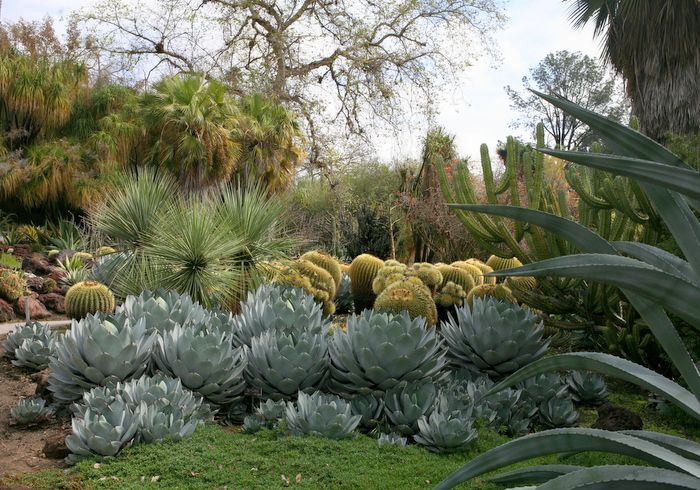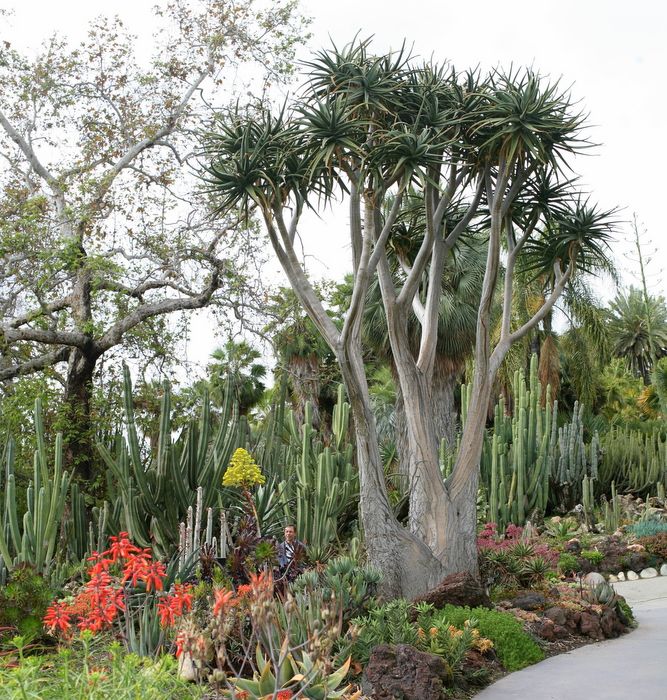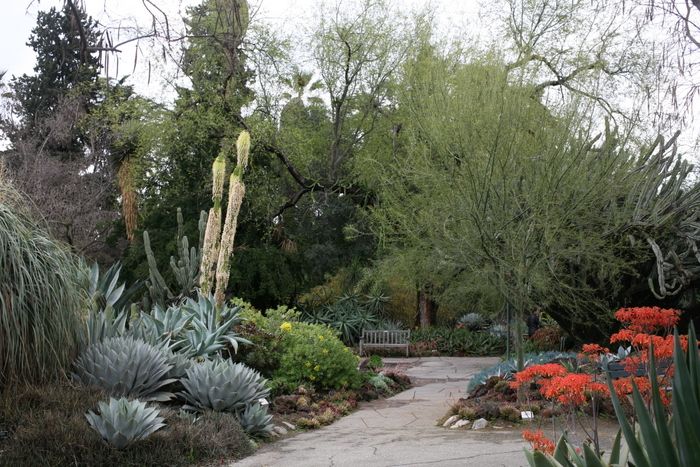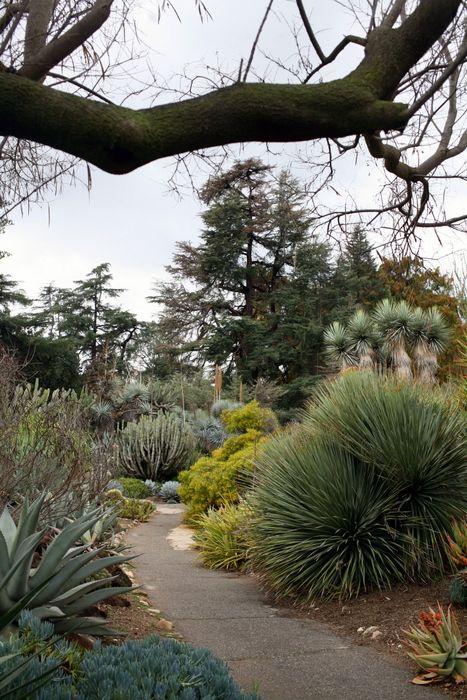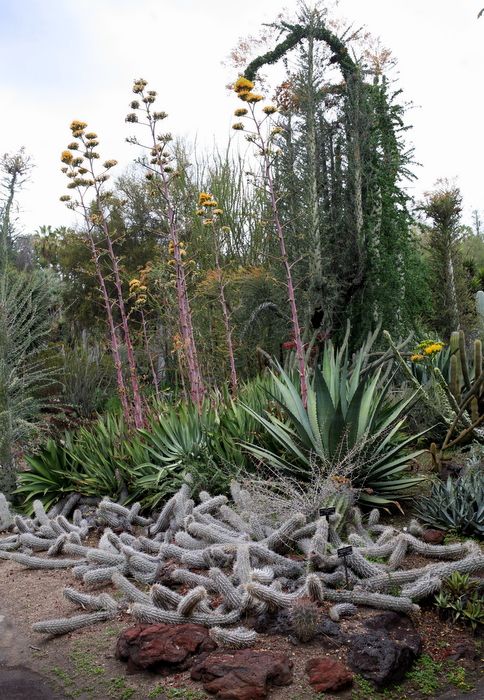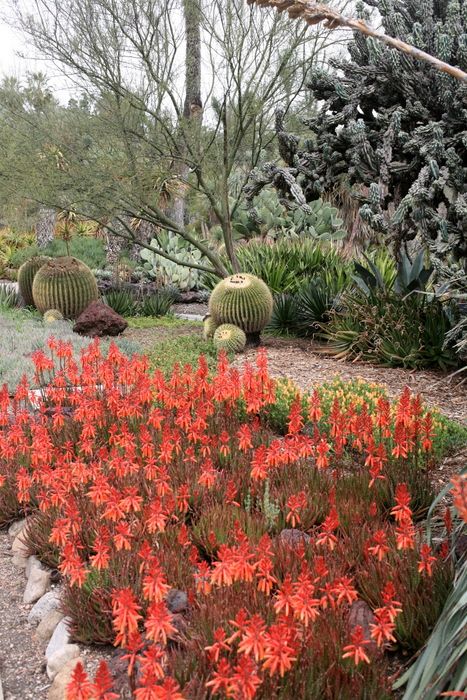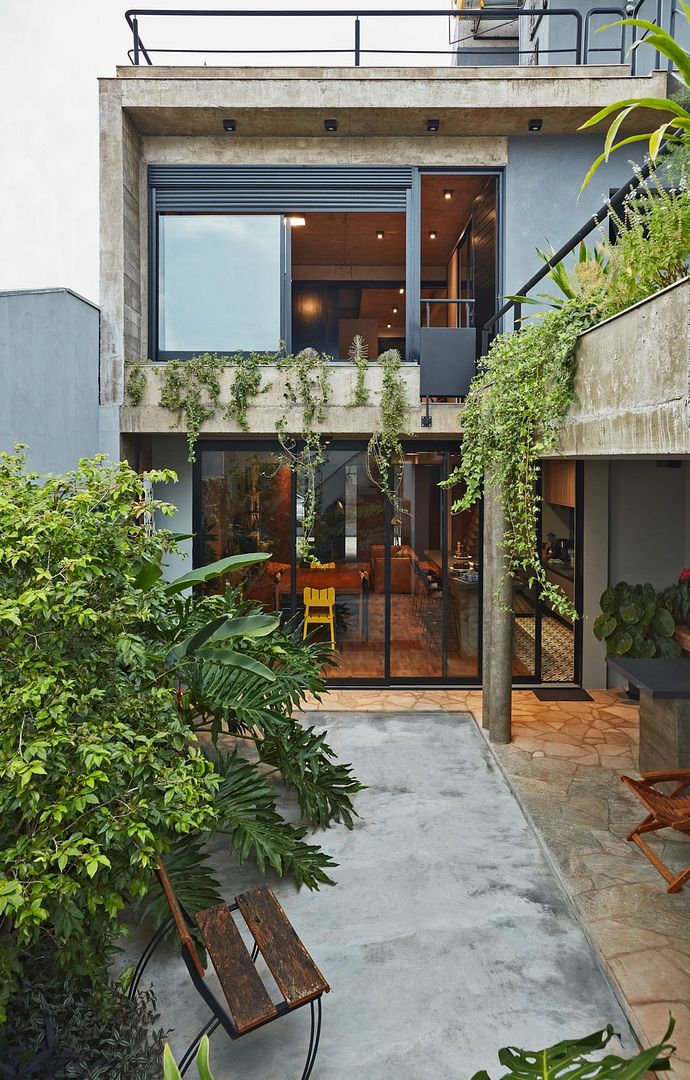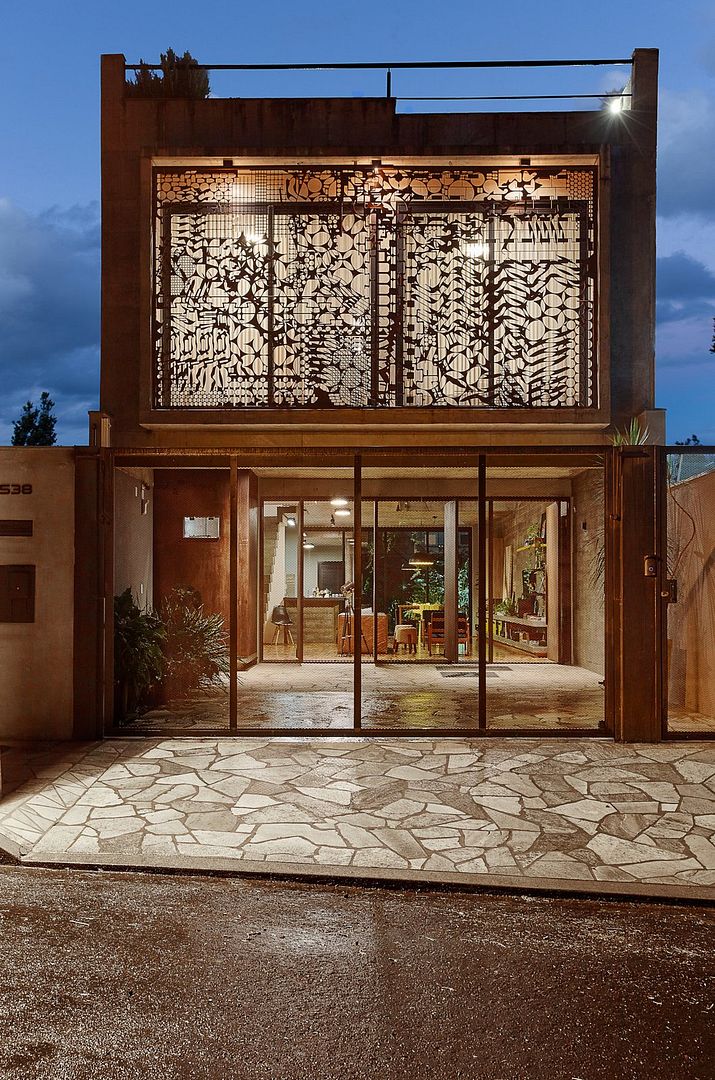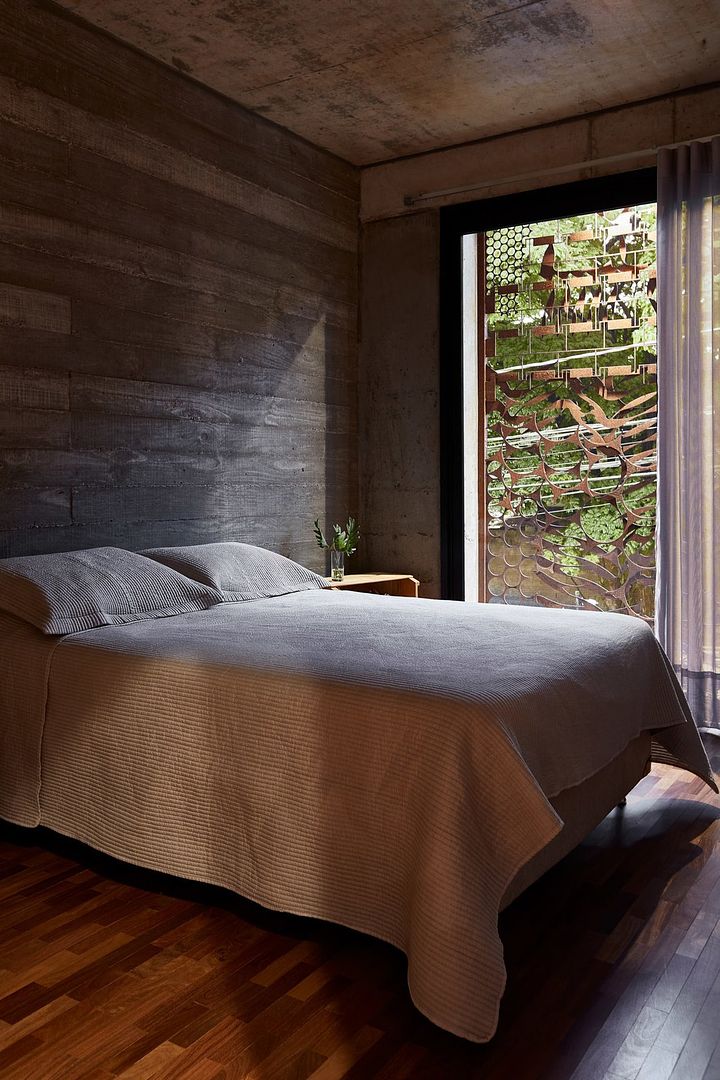This weekend is the 15th Annual Theodore Payne Native Plant Garden Tour, Saturday and Sunday, April 14 and 15, 10 a.m. to 5 p.m., and if you’ve been paying attention (thank you!) Saturday, April 14, is also the day we’re holding a pop-up plant fair at Urban Americana here in Long Beach. Unfortunately, I can’t be in two places at once, so I’m definitely missing out on Saturday’s tour. But that doesn’t mean you have to! We’re joining forces with the Theodore Payne Native Plant Garden Tour and giving away two pairs of tickets to the tour at our pop-up on Saturday, April 14, when we open at noon.
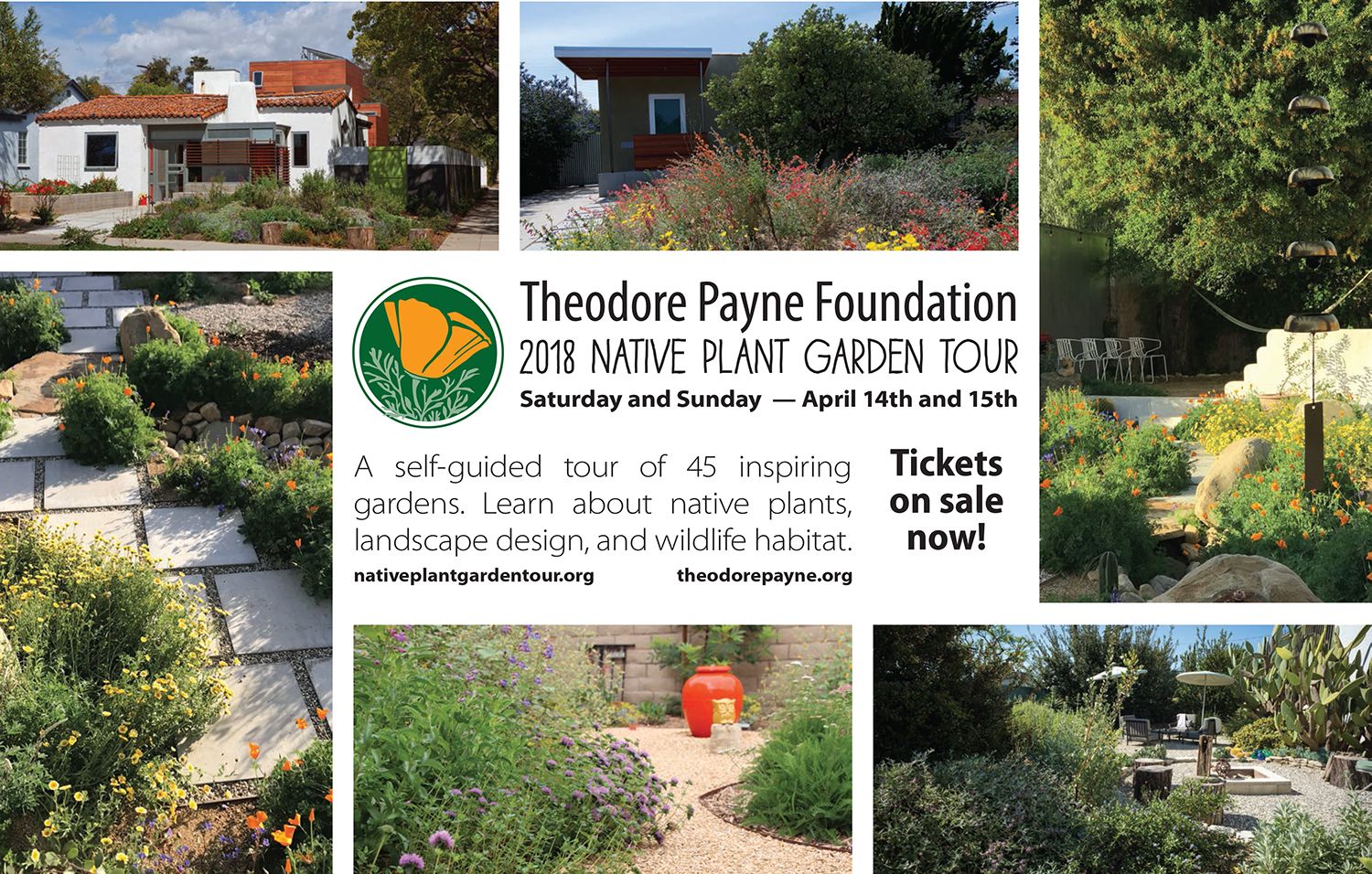
Mention the tour to us when we open the pop-up at noon, and the tickets are yours — first come, first served of course. We’ll have maps and tickets ready and waiting. The tickets cover both Saturday and Sunday. This year there’s quite a few gardens in Long Beach and nearby cities on the tour on Saturday, so I’m really disappointed about the timing for me, but at least I’ll be able to attend the tour on Sunday, which covers gardens in Highland Park, Eagle Rock, Sherman Oaks, Woodland Hills, Northridge, North Hollywood, Altadena and Pasadena.
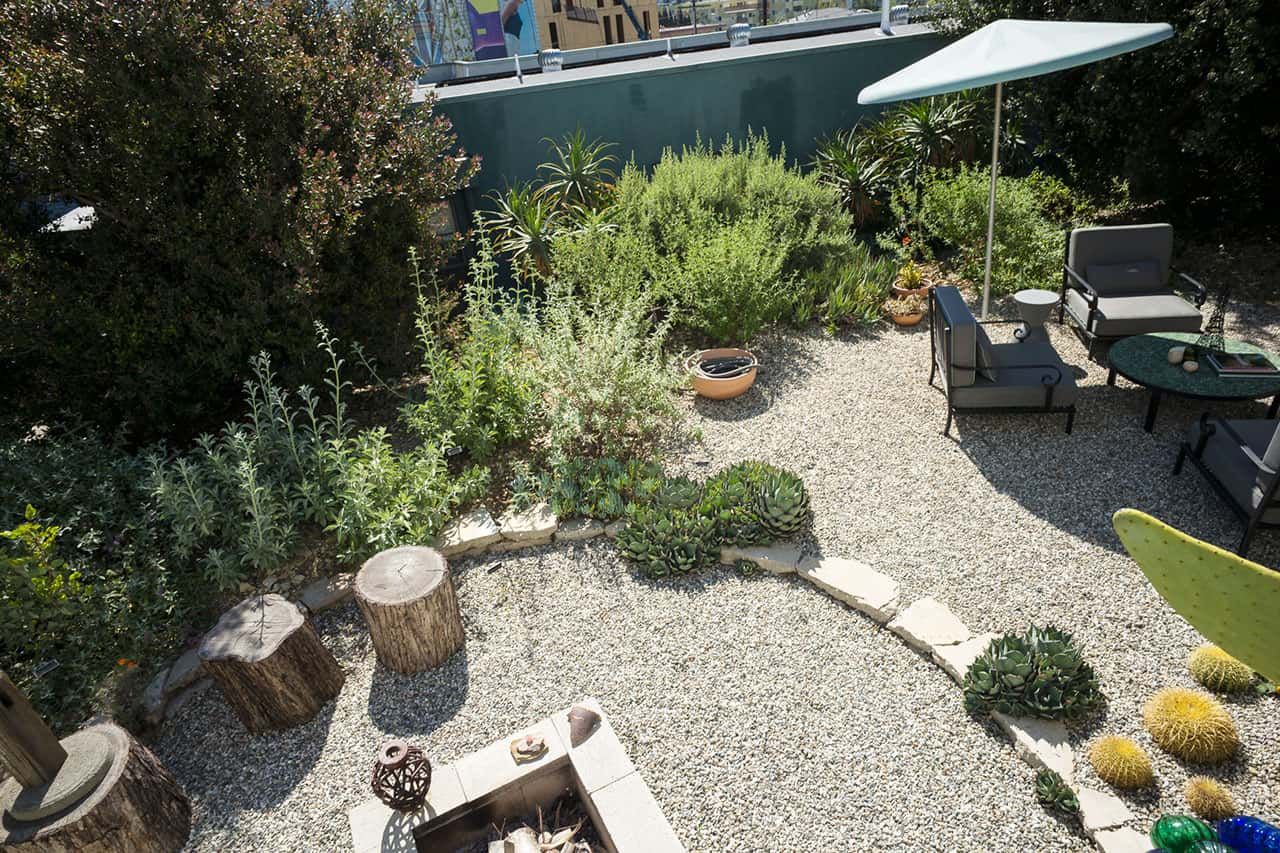
But I’m still having a pity party over having to miss Saturday. Because on Saturday’s tour is a garden I particularly wanted to visit again, Garden 21 in Historic Filipinotown.

This is an urban gem of a wild garden with monster flannel bushes, one of those gardens you can’t believe exists in a densely crowded city. Layout and hardscape are both done simply but with unerring taste. A refuge in every sense of the word, for people and wildlife. This garden is where I was introduced to the dwarfish flannel bush, Fremontodendron ‘Ken Taylor,’ that I added to my small garden after seeing it on the tour, now showing its first blooms this year. (woot!)

There’s so many amazing gardens on the tour this year (including a Long Beach garden designed by Dustin Gimbel, whose ceramics will be in the popup), it’s hard to single one out as deserving of your time over another, so see as many as possible. But, personally speaking, another garden I really wanted to visit on Saturday has particular sentimental resonance for me. It’s located in San Pedro, on what we referred to as the Upper Reservation, an old military fort overlooking the Point Fermin Lighthouse. The site of the garden is three acres out of the 102-acre site and makes use of a WWII military bunker. The Upper Reservation is where my youngest attended a Montessori preschool, and it was a wild, semi-forgotten place then, with mostly artists and the preschool using the old military housing. We loved wandering the quiet, empty grounds, solemnly redolent of terrible historical upheaval, down to the details of rusting gun emplacements that were once trained on enemy submarines — yes, off our coast! It’s a spectacular location overlooking the Pacific Ocean that, because it’s federal land, has remain blessedly unchanged. Maybe next year it will be on the tour again…
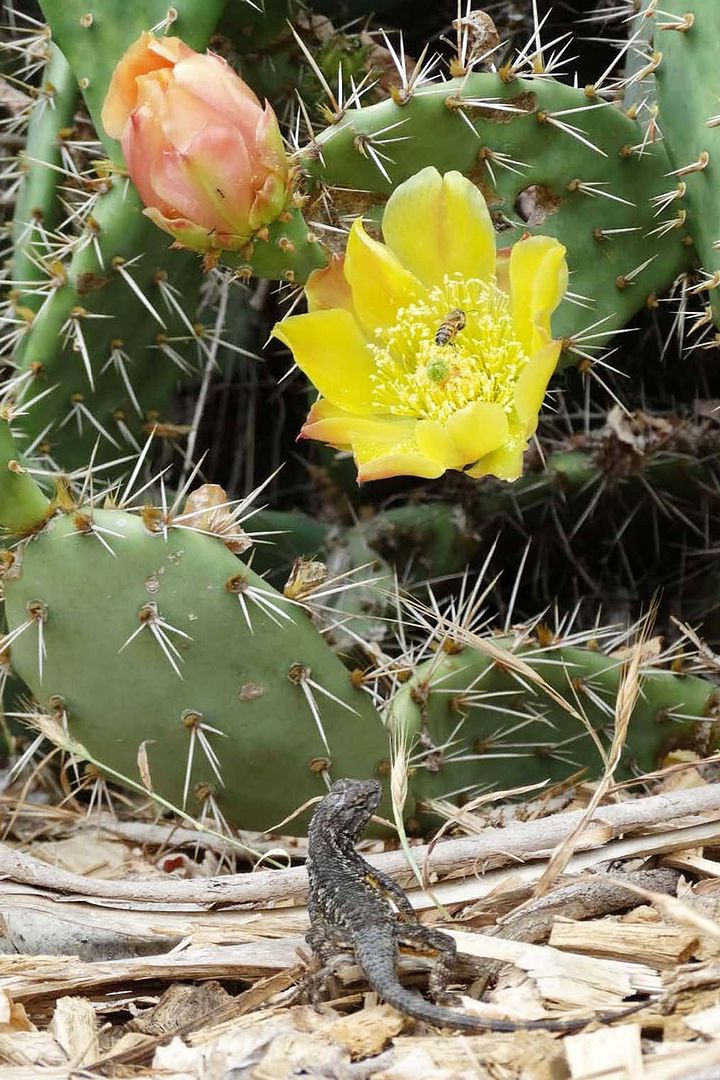
Sentimental favorites aside, check out the link to the tour, with photos and stories on each and every remarkable garden. Ready to strut and show why they’re revered in gardens around the world, the California natives are in bloom! And there’s no better vehicle for seeing them in all their diversity, planted with verve and panache, than the Theodore Payne Native Plant Garden Tour.

